You’ve found the house that feels like “the one,” and you’re ready to make it yours. But before you get too attached, there’s one important hurdle to clear: the home inspection.
A home inspection can reveal a property’s secrets, both good and bad. While no home is perfect—even new ones—it’s important to spot the red flags that could lead to costly headaches later. Let’s talk about the key things to look for in your inspection report so you can make an informed decision.
1. Foundation Problems
The foundation is, quite literally, the backbone of the home. Cracks, uneven floors, or doors that don’t close properly could signal major structural issues. Ask the inspector to clarify the severity of any foundation concerns. Minor settling is common, but big problems can mean expensive repairs—or even make the home unsafe.
2. Water Damage or Drainage Issues
Water is a home’s worst enemy. Stains on walls or ceilings, mold growth, or musty odors could mean leaks, poor drainage, or even hidden flooding damage. Investigate the source of the water issue. Fixing leaks can be straightforward, but dealing with extensive water damage or mold remediation can add up quickly.
3. Electrical System Red Flags
Older homes or DIY repairs often come with outdated or unsafe electrical systems. Look for mentions of exposed wiring, overloaded circuits, or outdated breaker panels. Electrical repairs can be expensive and dangerous to ignore. Have a licensed electrician evaluate any concerns before moving forward.
4. Roofing Issues
A new roof can cost tens of thousands of dollars, so this is an area you don’t want to overlook. Warning signs include missing shingles, sagging areas, or evidence of leaks. If roofing problems are mentioned, get an estimate for repairs or replacement.
evidence of leaks. If roofing problems are mentioned, get an estimate for repairs or replacement.
5. HVAC Problems
Heating, ventilation, and air conditioning systems are expensive to replace. A failing furnace or outdated AC unit could leave you sweating—or shivering—unexpectedly. Make sure the inspector tests the system. If it’s near the end of its lifespan, you may want to negotiate for repairs or replacements.
6. Plumbing Concerns
Low water pressure, leaks, or old pipes can indicate bigger plumbing issues. A mention of galvanized steel pipes, for example, could mean they’re prone to corrosion. Have a plumber evaluate potential problems. Small leaks might be manageable, but a failing plumbing system is a costly undertaking.
What to Do When You See Red Flags
Not every red flag is a dealbreaker. Some issues can be repaired or negotiated into the sale. The key is knowing the difference between manageable fixes and serious problems that could drain your wallet or cause future headaches.
That’s where having the right team matters. Thinking about buying? Let’s work together to make sure your dream home doesn’t come with unexpected surprises.

 Facebook
Facebook
 X
X
 Pinterest
Pinterest
 Copy Link
Copy Link



